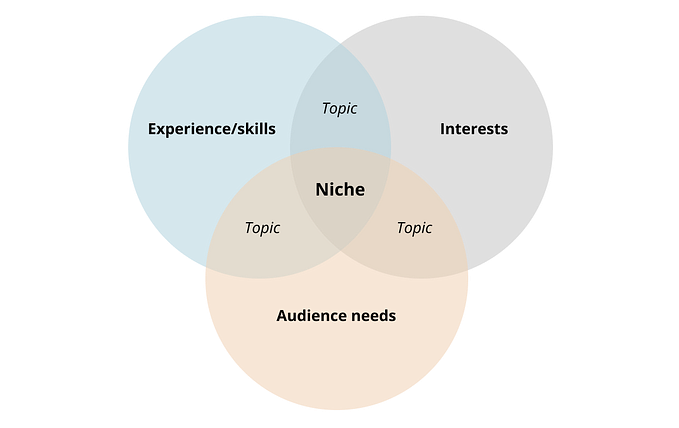Member-only story
The A to Z of UX — H is for Heuristics: 10 UX principles to assess user interface design

Heuristics are a well established and accepted list of UX principles used to assess how well a user interface has been designed for its intended purpose.
They have been in use for many years by UX practitioners and were more formally authored in the ’90s by Jakob Nielsen and Rolf Milich. They have been recently updated with minor changes and are as relevant now as they were then.
A heuristic evaluation is what happens when an expert, or set of experts, reviews a product, with the likely result being a list of usability issues that need to be addressed.
Such an evaluation should support, rather than replace, user testing as part of the Human-Centred Design process.
Both are equally important and each will unearth crucial information for the UX designer and product owner.
An expert review can follow a heuristic evaluation, where heuristics have already been established. As a result, expert reviews may be less formal than a heuristic evaluation.
There are 10 guiding principles to consider when either when designing a new, or assessing an established user interface.
1. Visibility of system status
“The design should always keep users informed about what is going on, through appropriate feedback within a reasonable amount of time.”
Description
People like to be aware of what is happening so they can take control and make informed decisions. More and more, they expect this status content to be immediate and up to date.
Knowledge of system status is particularly important following a user action so that the feedback loop can be closed.
As humans, we have less patience for latency than ever before. However, communicating clearly and transparently will build trust and confidence in the user.
Being consistent with this strategy, creating predictable outcomes will further enrich the sense of trust.









